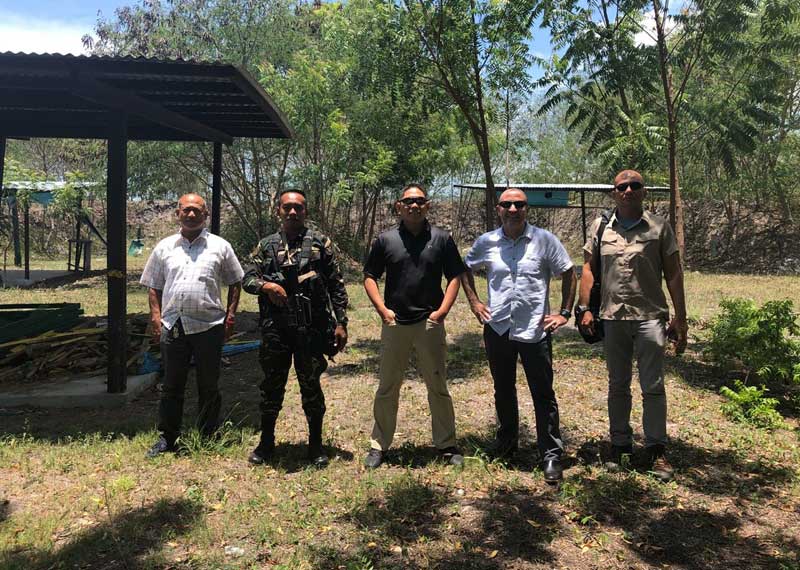In the first of a two-part analysis Jonathan Gahagan, Business Development & Travel Risk Consultant at Securewest International, shares his top tips for PAs when arranging travel…
I started writing this article in Manila just as the news broke that an Ethiopian Airlines flight ET302 had crashed killing all 157 persons on-board.
Being away on business it suddenly hit home how devastating the incident must be for all of the families of those on board. Already the media are speculating over the cause of the crash with airlines grounding some of their fleet with similar aircraft.
Having travelled regularly for business over the last 2 years I often take for granted the risks associated when travelling overseas. Airline travel is one of the safest modes of transport in the world but when incidents like this happen it focusses the mind. Global business travel is increasing, in the case of the Ethiopian Airlines crash most people were commuting from Addis Ababa to Nairobi on a regular route.
My company, Securewest International, like many others, is a well-established SME operating globally in the security and risk markets. I regularly present on travel risk management and how by adopting a risk based approach you can improve duty of care and wellbeing. It always surprises me that organisations continue to have vulnerability often in the pre-trip planning stage. Traveller safety represents a real risk to a company’s greatest assets, the individual and ultimately their reputation. In my experience I have begun to see an alarming gap in the approval process. Sometimes the person approving the travel does not fully appreciate the risk or mitigation measures required. Enabling the right person to understand and sign off any risk assessment and approve travel is an integral part of the process and one that some organisations are failing to understand.
Just imagine that you take your car for its MoT. You arrive and the trained inspector isn’t available but the apprentice is. He gives your car a quick check over and signs off the approval. On your way home the front wheel falls off and you are involved in an accident. Then follows a lengthy battle with the insurance company in court around a claim for negligence.
Now the above isn’t necessarily a real example but used merely to highlight that an individual must be capable of understanding travel risk before granting approval. In the event of an incident and legal proceedings it will be that individual who will be accountable. We have moved on from the days of relying on the insurance covering everything and dealing with every incident (reactive) to having to understand the nature of travel, traveller profile, method of transportation and journey planning (Prepare). Companies now need to show they have considered ALL risks rather than just ticking the box.
In part 2 of this piece we will look at simple but effective ways to support PA’s and EA’s understand the importance of travel risk. From initial pre-trip planning through to on the ground support and how to demonstrate compliance with your company travel policy.
For now my top 3 tips are:
Understand your own company’s travel policy
This should apply to ALL staff regardless of seniority or position. The company policy should be clearly set out in concise, unambiguous terms and state the approval process for ALL types of travel.
Understand what you are approving
Do you fully understand the risks to traveller safety and has the risk assessment process been followed properly? Do you require additional support internally, via your travel management company or from a 3rdparty travel risk specialist?
Don’t be afraid to say No!
If you are regularly approving travel and you become uncomfortable that you don’t have all the necessary information then ask the traveller for more details, discuss with line managers and make a balanced assessment.









